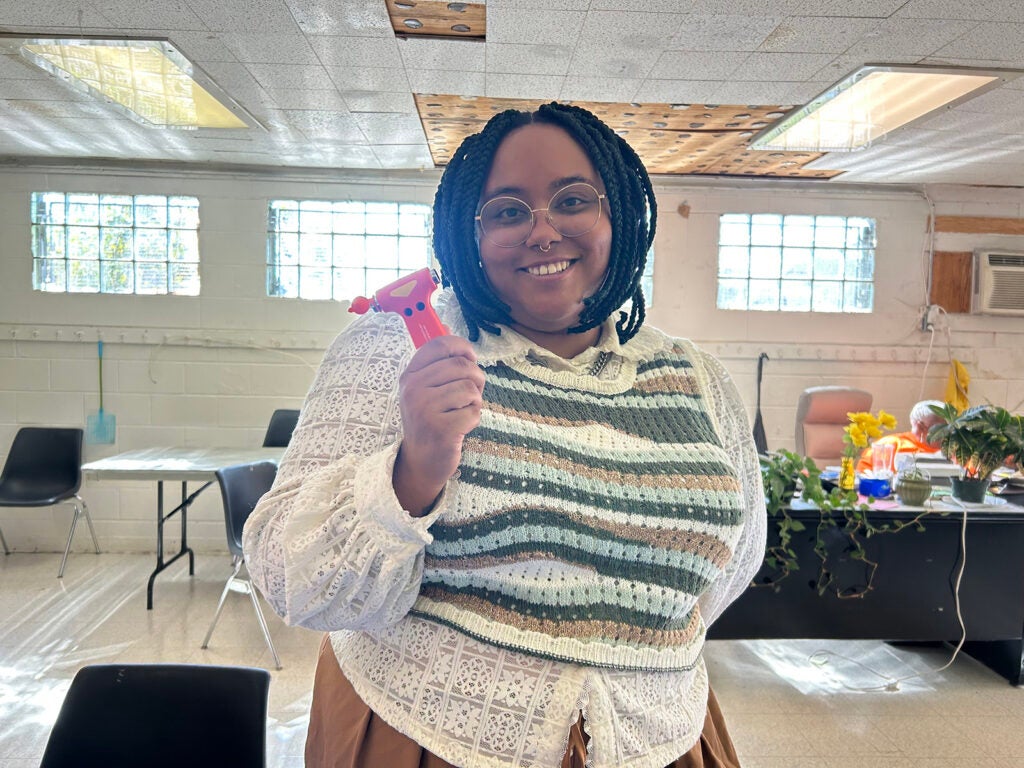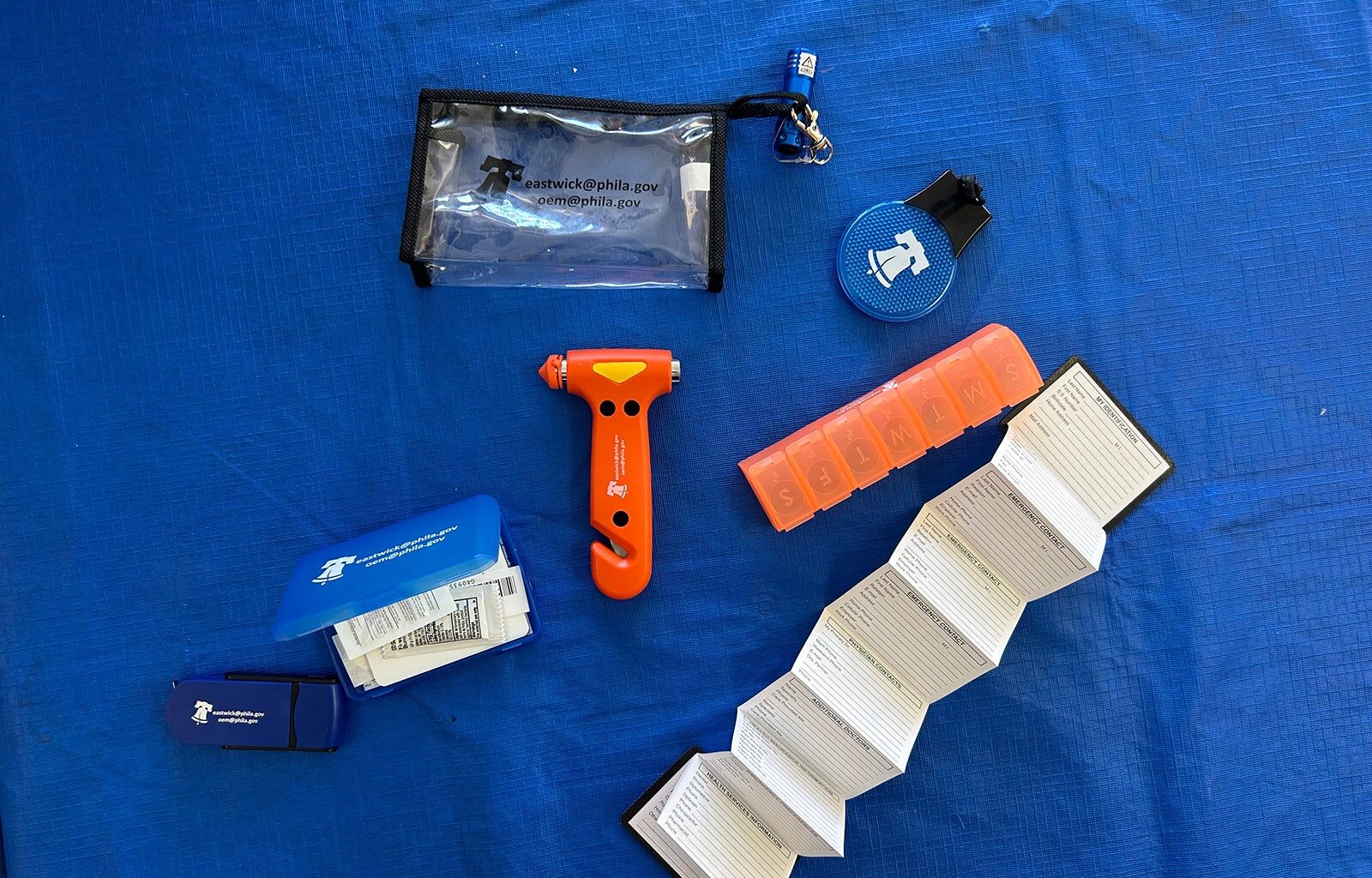This story is part of the WHYY News Climate Desk, bringing you news and solutions for our changing region.
From the Poconos to the Jersey Shore to the mouth of the Delaware Bay, what do you want to know about climate change? What would you like us to cover? Get in touch.
Picture this: A hurricane is barreling toward your community, and local emergency managers are telling people to evacuate. You decide to pack your family and pets into the car and hit the road. What do you bring with you?
You could decide what to bring in the moment. Or you could decide before disaster strikes.
Disaster experts say packing a go-bag or emergency kit ahead of time is a good way to reduce stress during an evacuation, keep your family safe and comfortable if you’re displaced and even help you recover from a disaster.
“You never know when something could happen,” said Taylor Quinland, project manager for place-based initiatives with Philadelphia’s Office of Sustainability. “You don’t want to get caught in a situation where you’re suddenly having to think about what you need, when you need it.”
 Taylor Quinland, project manager for place-based initiatives with Philadelphia’s Office of Sustainability, holds a tool that can break a car window and cut a seat belt in an emergency, such as a flash flood. The city distributed the tools as part of mini go-bags at a preparedness event in Eastwick earlier this month. (Sophia Schmidt/WHYY)
Taylor Quinland, project manager for place-based initiatives with Philadelphia’s Office of Sustainability, holds a tool that can break a car window and cut a seat belt in an emergency, such as a flash flood. The city distributed the tools as part of mini go-bags at a preparedness event in Eastwick earlier this month. (Sophia Schmidt/WHYY)
Here’s what to consider when packing a go-bag.
What is a go-bag?
A go-bag is meant to provide your family with essentials in the event that you have to leave your home during a disaster such as a storm, flood or tornado. Go-bags can also work for other emergencies, such as power outages, gas leaks or a house fire next door.
“You may have a few hours to prepare. You may have just a few minutes,” said Alyssa Provencio, a professor of political science and director of the disaster management certificate at the University of Central Oklahoma. “That’s when a go-bag is really helpful.”
Go-bags can be useful when evacuating to a public shelter or to a friend’s house, Provencio said.
The supplies in your go-bag should last your family around 72 hours, said Jonathan Sury, a senior staff associate at the National Center for Disaster Preparedness at Columbia University. Anything beyond that and the bag may get too heavy to carry.
“The items in the go-bag are really to help protect and preserve you and your family while you are displaced from your home,” Sury said. “They’re stop-gap measures.”
